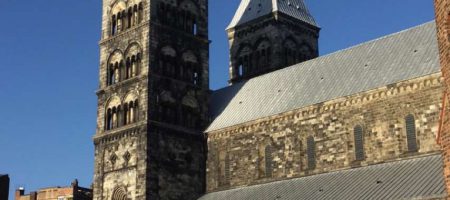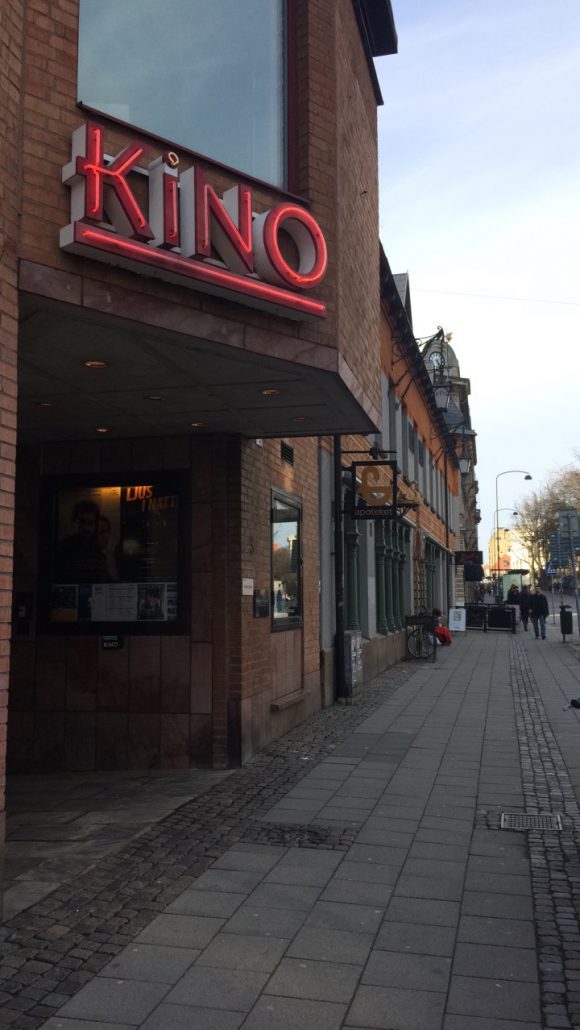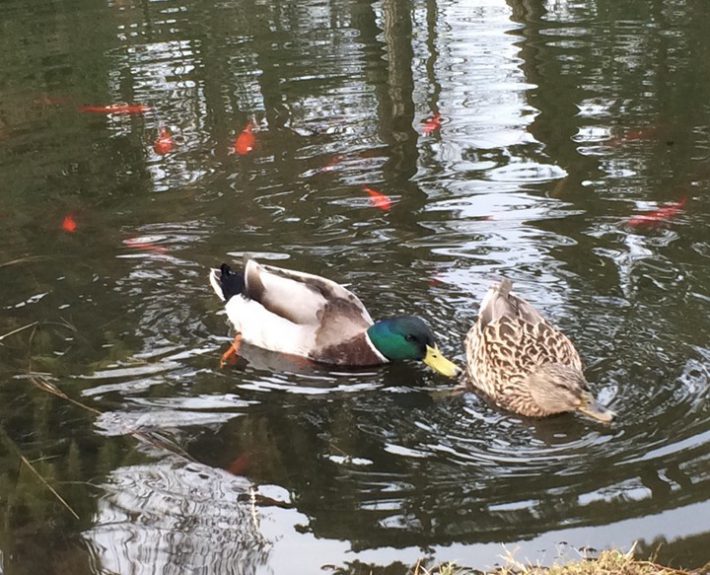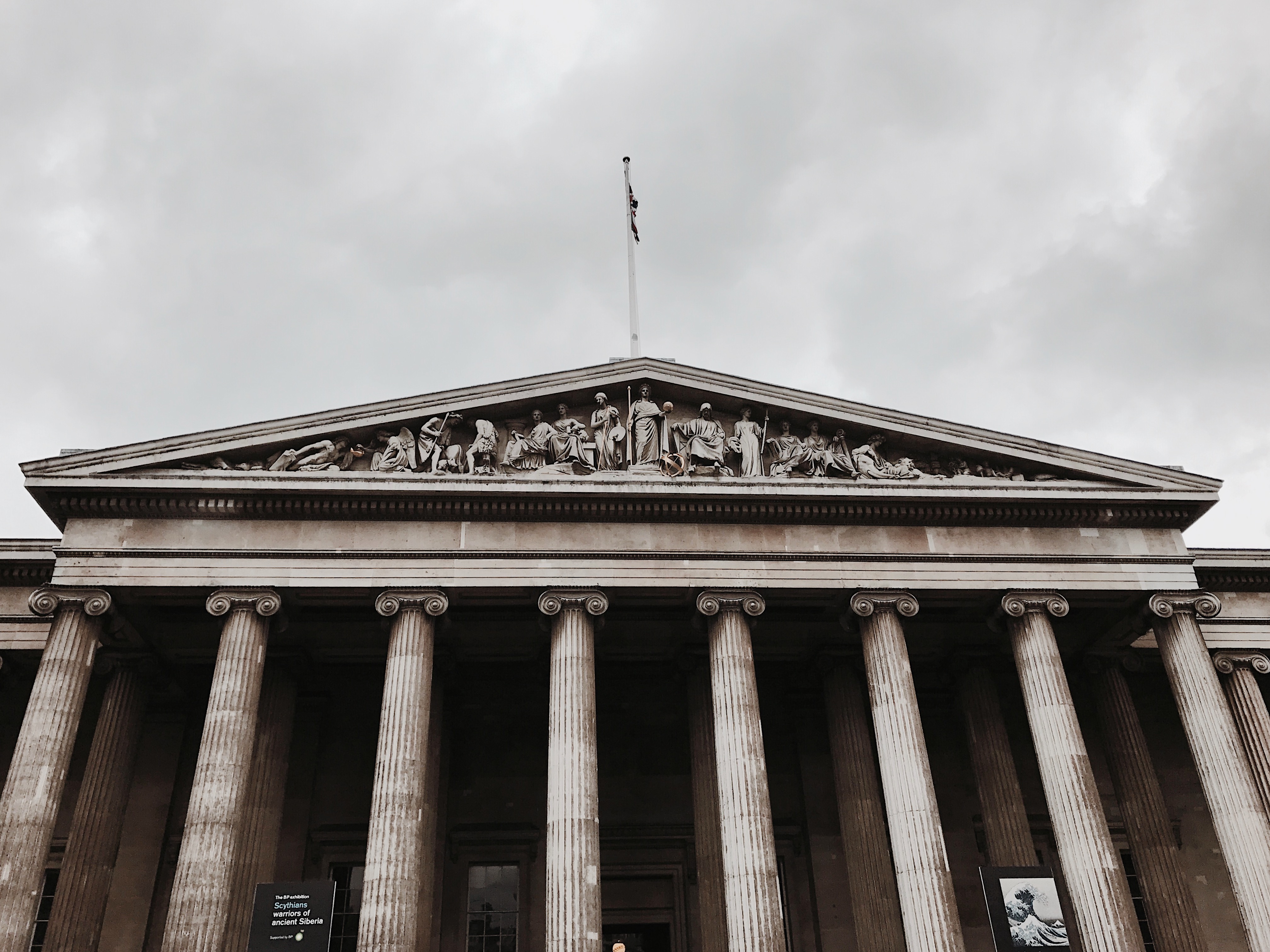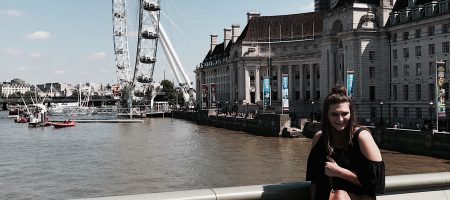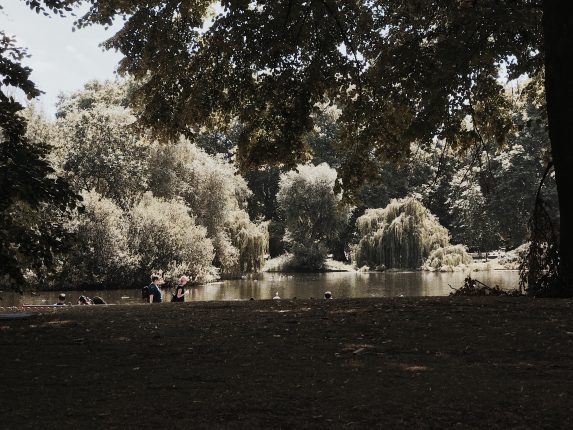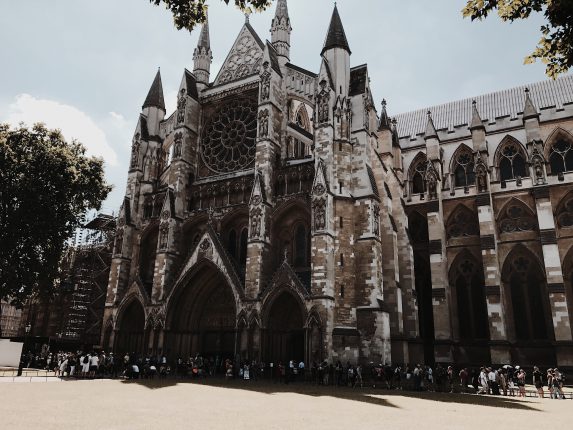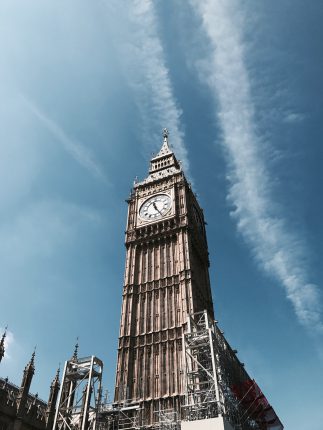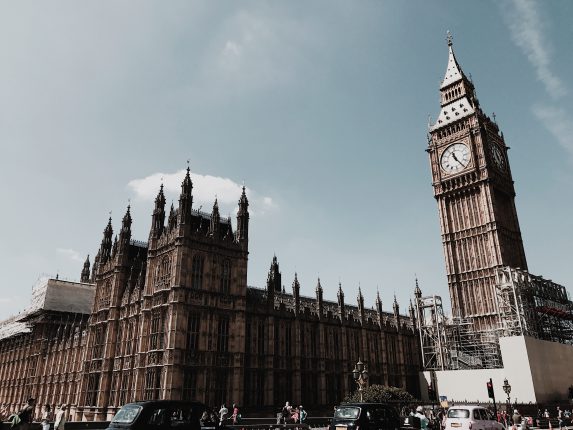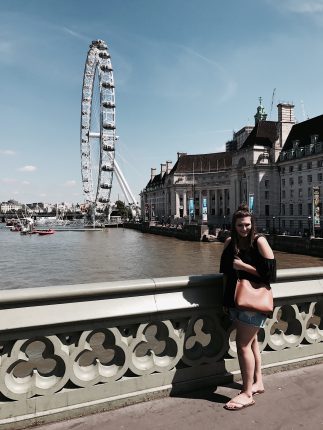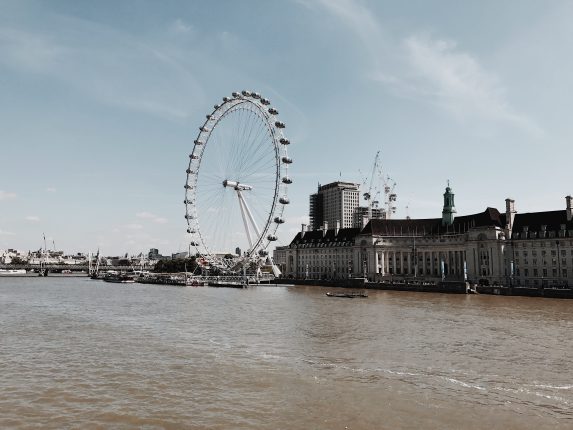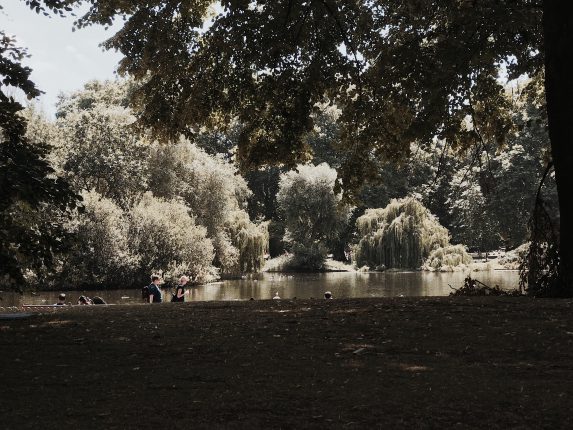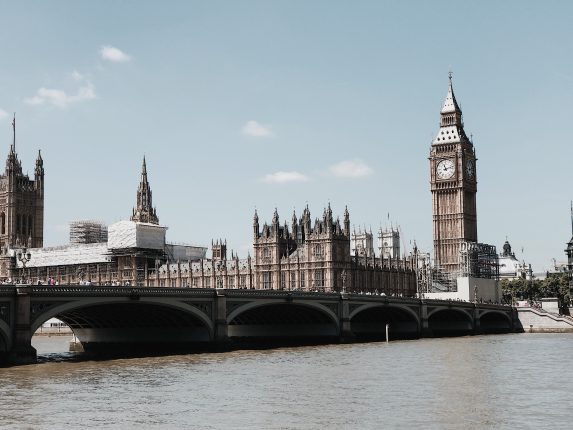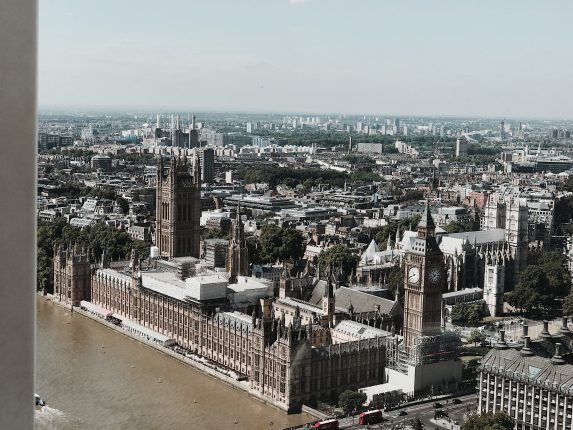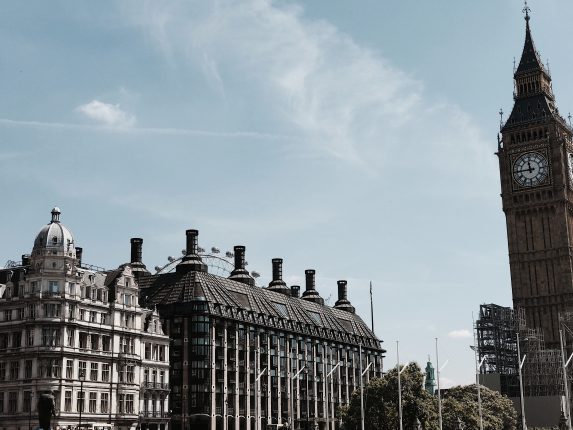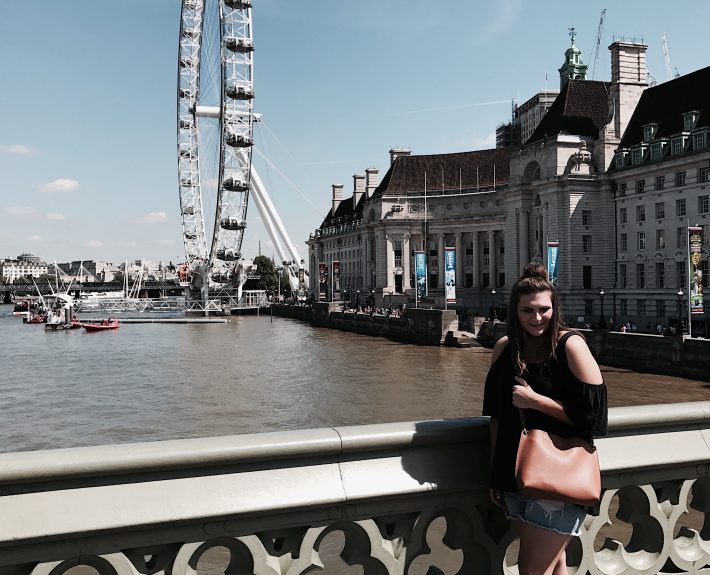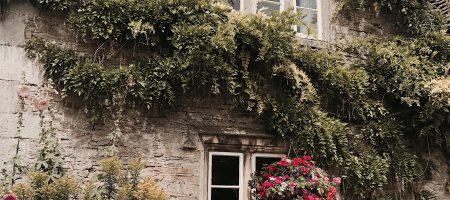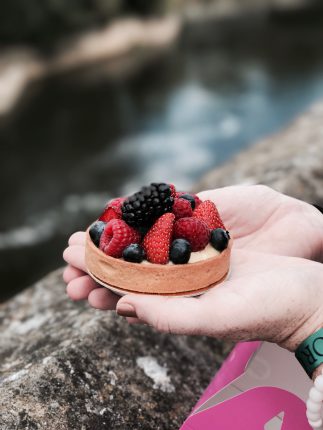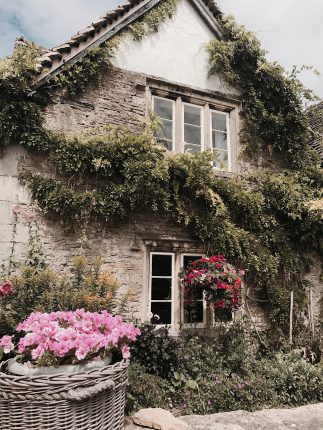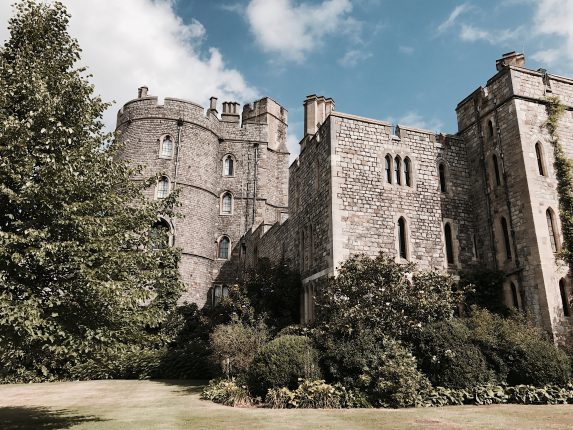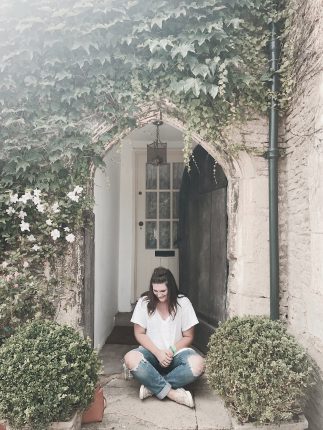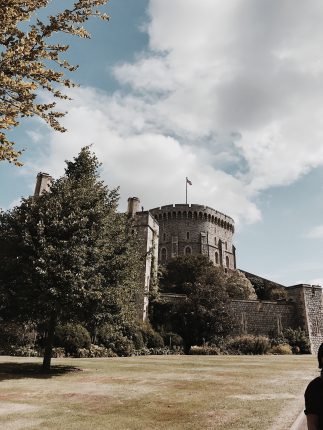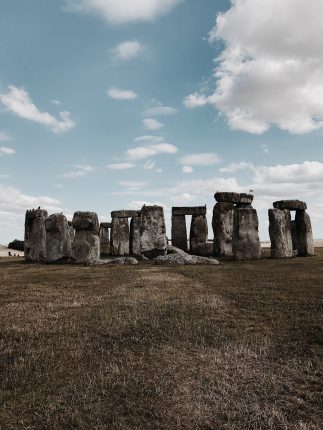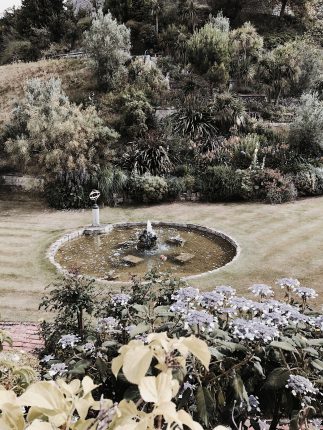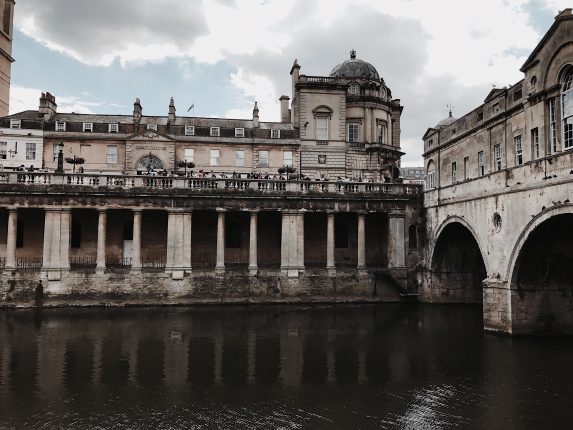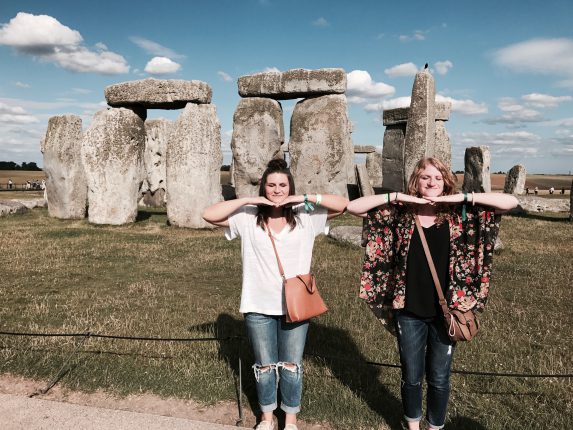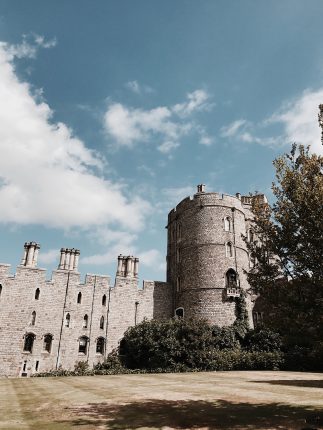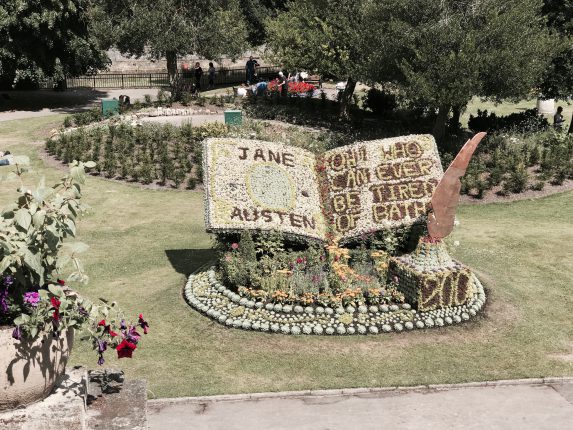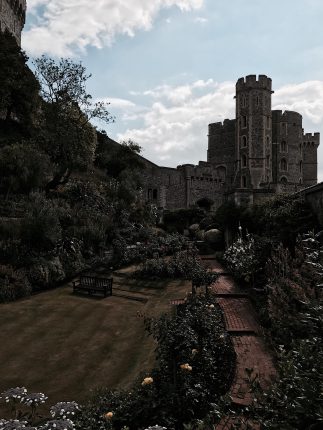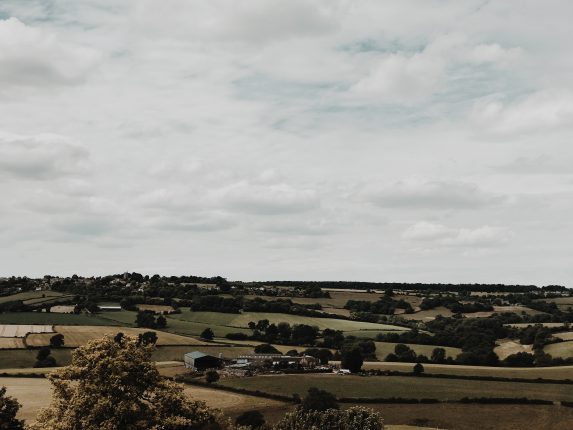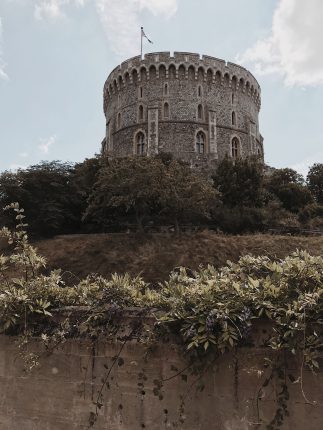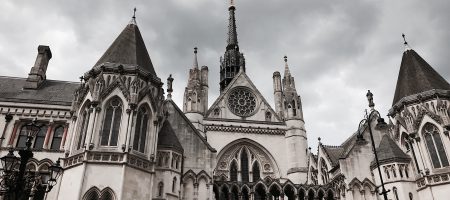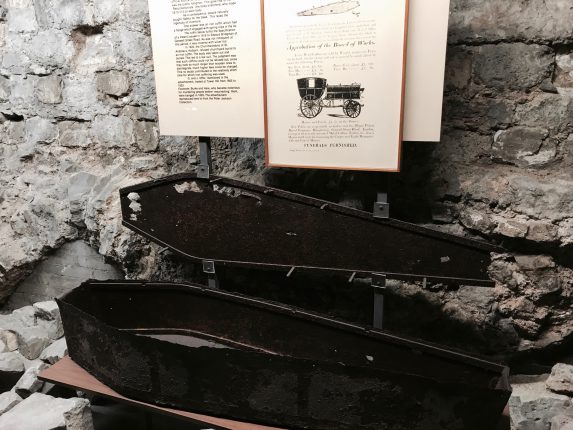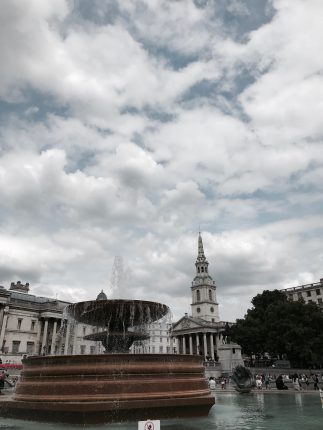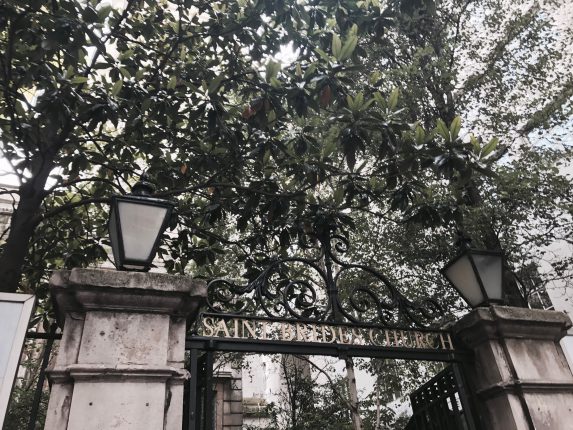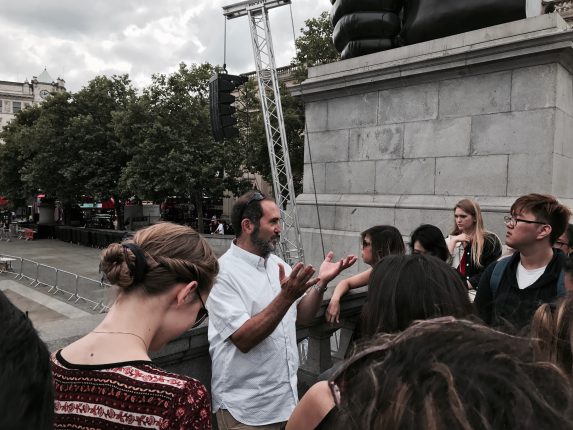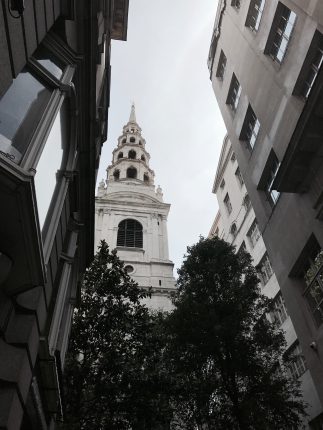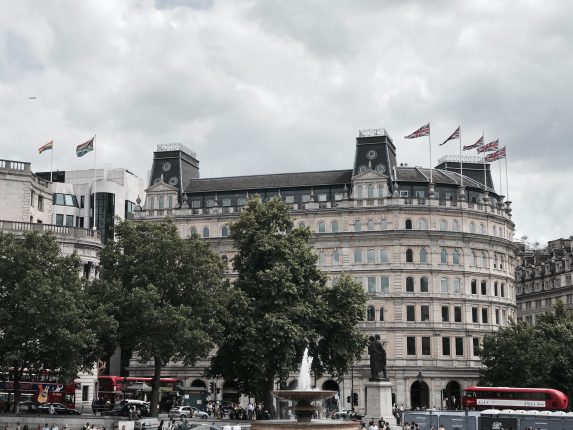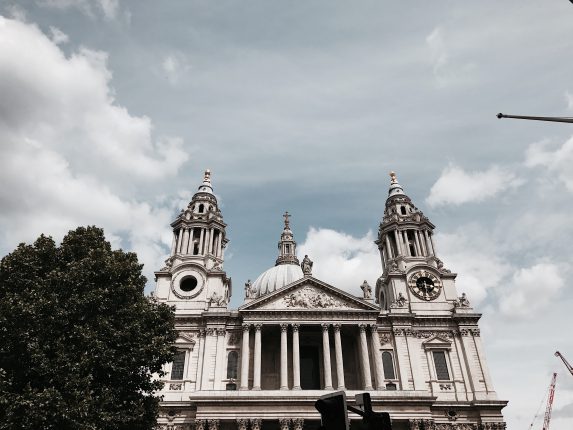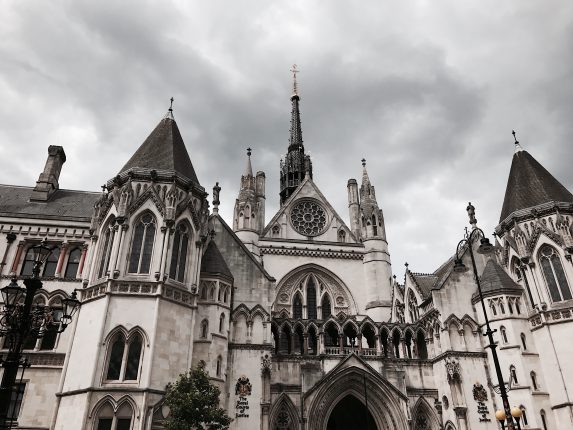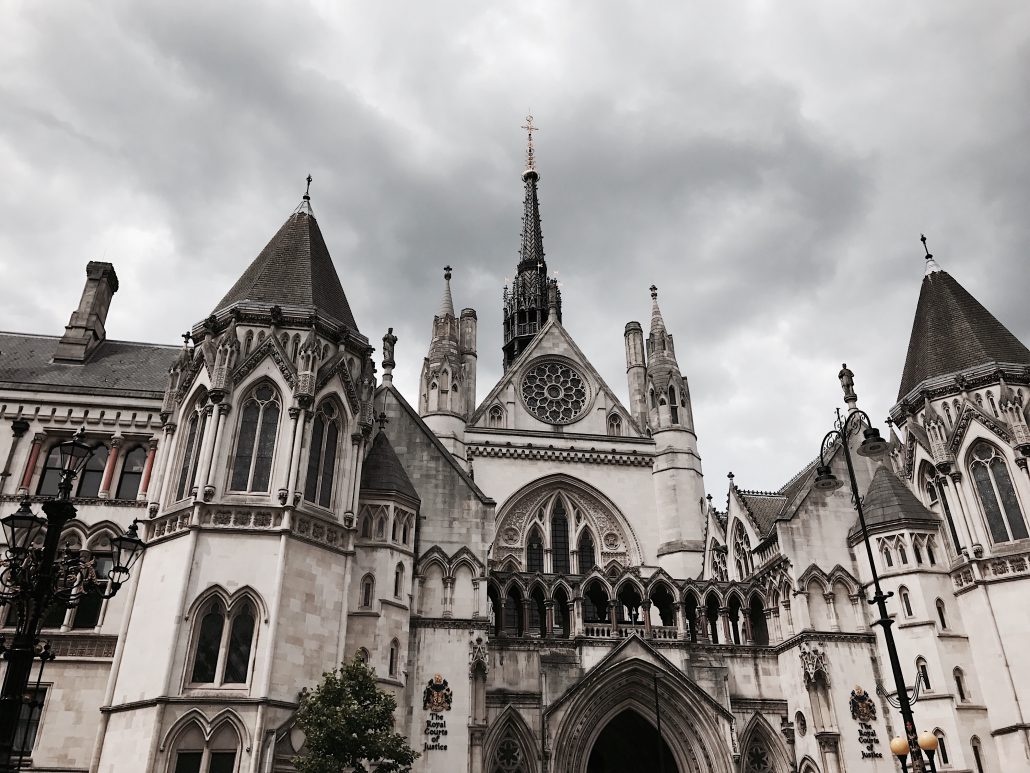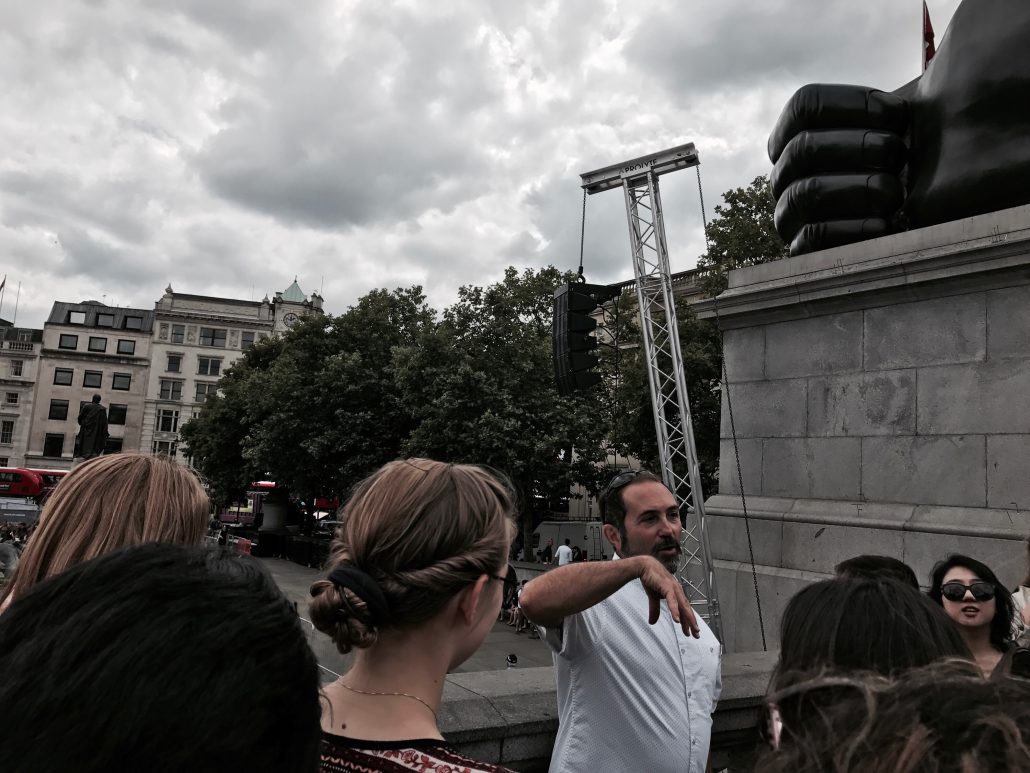Sweden | How is Lund Different From UCLA?
BY CHRISTINE PAHEL
Sweden
Lund University is Not a Unified Campus
Lund University is spread throughout the town in little clusters in place of being one continuous campus. This means there is no one campus housing, but this also means that you can live practically anywhere in the city and still be close to a part of campus (and its WiFi!).
No Sports Teams
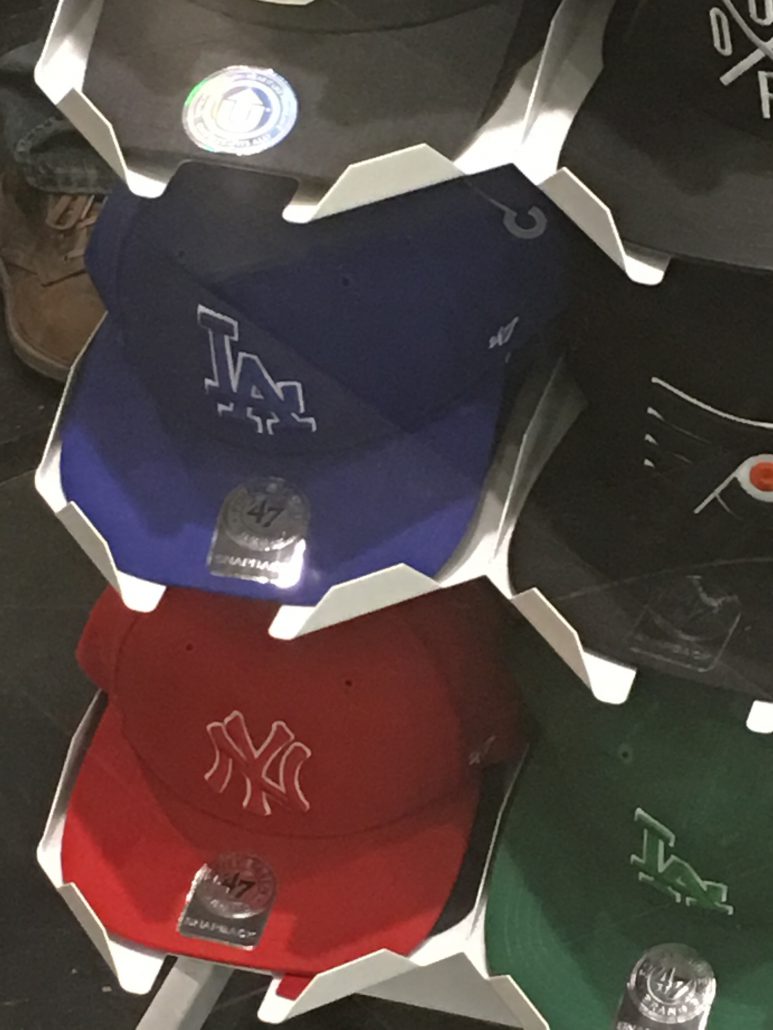
Well, sort of no sports teams. Some nations have the equivalent of our intermural sports teams, but there are no football teams or even soccer teams. People still cheer for Swedish professional sports teams, and in the mall you can even find American baseball hats (though much to my disappointment, no SF Giants). If you are a sports addict, sorry, this probably isn’t the place for you. However, if you want a place that values education before athletics, this is the right place. The campus doesn’t even have a gym. There are gyms located through the city and free outdoor gyms for those who like to work out.
You Call Professors by Their First Name
This really threw me at first because it’s something I’d never think about doing back home. However, the Swedish educational system is pretty informal. In class and via email, you are expected to call professors by their first name, not by their title. To them, this is a way of insuring that in the classroom you feel that you are being treated like a peer in the field compared to just a student.
There Aren’t Any Protests On Campus
Granted, UCLA does not protest nearly as much as UC Berkeley, but I am still used to seeing protests as I walk to class. In Lund, or Sweden in general, this would be incredibly rare to see. I heard that Swedes only protest one day a year. While I doubt this is true, the fact that I’ve only seen one group protest during my time here makes it pretty convincing to believe. Instead of being active for your cause through protests, Swedes favor discussing concerns. Even this isn’t very commonplace though because many Swedes are expected to keep controversial thoughts more or less to themselves (Sweden is a country that promotes unanimous decisions).
It’s Freezing
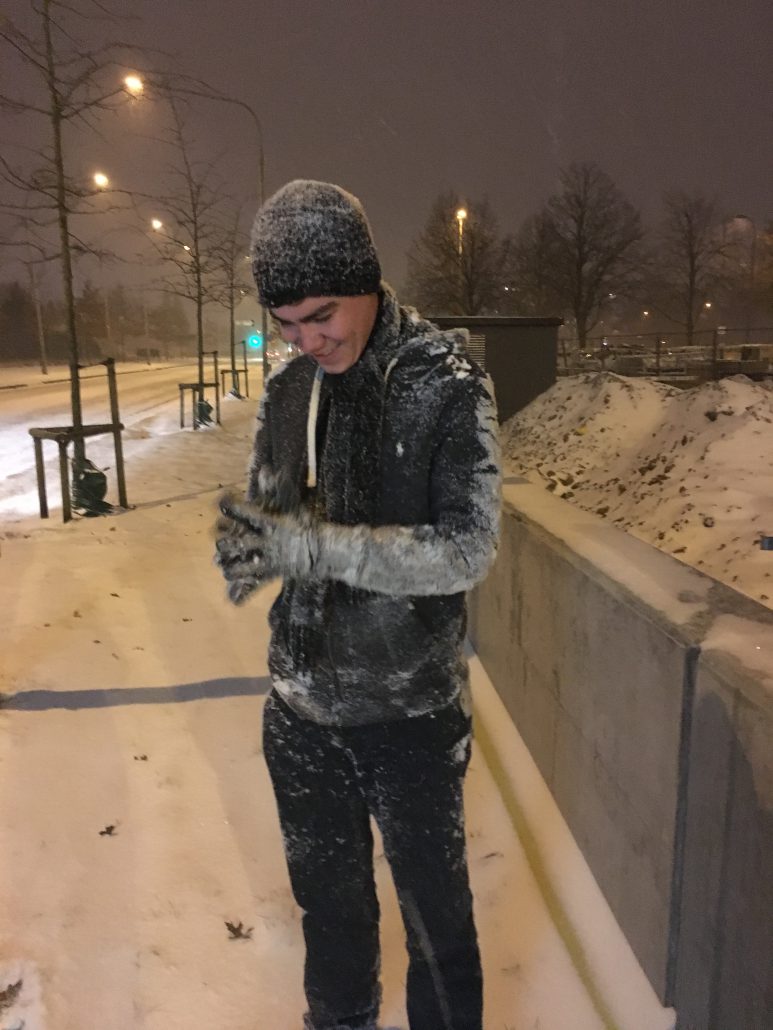
Literally, quite often. If you came to Sweden and didn’t expect cold weather, you made a big mistake. While it’s not always freezing, it doesn’t exactly get warm either. It’s spring time as I write this, and people are still going around downtown with heavy and down jackets in the middle of the day. Unless you have a high tolerance for cold and windy weather, you probably won’t be getting much use out of those pair of shorts you packed.
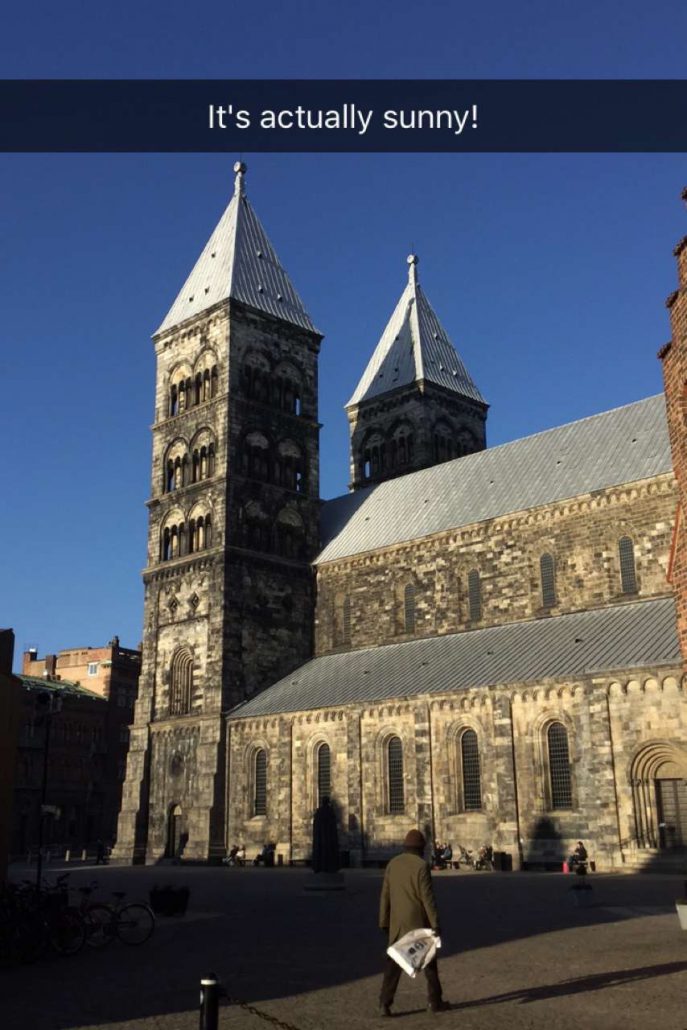
No Flyering
UCLA is notorious for Bruinwalk—an area where student groups hand out flyers to recruit people to join their clubs and come to their events. The major downside to this is that Bruinwalk is constantly littered with flyers from people who were too polite to say no and flyers that were blown away in the wind. In Lund, people are never handing out flyers. There are posters on the walls of buildings advertising events and occasionally some group outside with a table, but no flyering. Sweden highly prioritizes the environment so no flyering also means no litter.
Breaks
Lund, and Sweden, love breaks. In a two hour class, more likely than not you’ll have a 10-15 minute break. For every hour of class after that, expect another equally long break. Throughout the day, people are expected to take fika breaks and enjoy some coffee and some nice sweets. Even at work, people still have several fika breaks throughout the day.
The Age of the City 
It’s shocking how much history surrounds you in Lund. Lund was created before Copenhagen was even considered a main city. The cathedral in the center of town dates back from the mid-1000 A.D. The local museums have medieval relics from the surrounding areas. Next to the Main University Building, there is a little mound surrounded by stones with Nordic runes written on them. One day walking back from campus, I found church ruins located within an average looking building. You’ll never know what you’ll find.
Education is Free (for Citizens)
Many Swedes and other international students don’t understand why I spend so much on college. In Sweden, university is not only free, but students get paid to attend. Unfortunately, as an exchange student, you still have to pay tuition. EU students studying in Sweden also receive a free education. So, if you are an EU citizen and fall in love with Sweden, you have the opportunity to complete your Master’s program there free of charge.
Grades Aren’t on a Bell Curve
In Sweden, curves aren’t a thing. Before you get terrified, this works to your benefit. They aren’t on a curve because they don’t need to be on a curve. I had to explain to a Swedish student that our tests are usually designed so grades naturally (or artificially through curving) fall on a bell curve. In Sweden, if you do a good job, regardless of how other students do, you’ll probably get a good grade. On my first midterm in my psychology class, approximately one-third of the class received As. In one of my friend’s engineering classes, only one person in his entire class failed the course.
If You Fail, It’s Not a Big Deal (for Lund University Students)
At Lund University, professors offer retakes for all their exams—usually more than one. This is without needing a doctor’s note or needing to retake the class. If a student failed, they just merely retake it. No questions asked and no consequences. Before you start thinking that you can slack off during your time here and miss a few of the exams, this policy doesn’t apply to UCEAP students, even if they are in a course with other LU students. The same policy as back home applies: if you fail a class the first time or miss an exam, it still counts as an F on your transcript. So don’t miss any exams, even if other students and professors say you can.
Christine Pahel studied abroad in Lund, Sweden, in Spring 2017: http://eap.ucop.edu/OurPrograms/sweden/Pages/lund_univ.aspx


